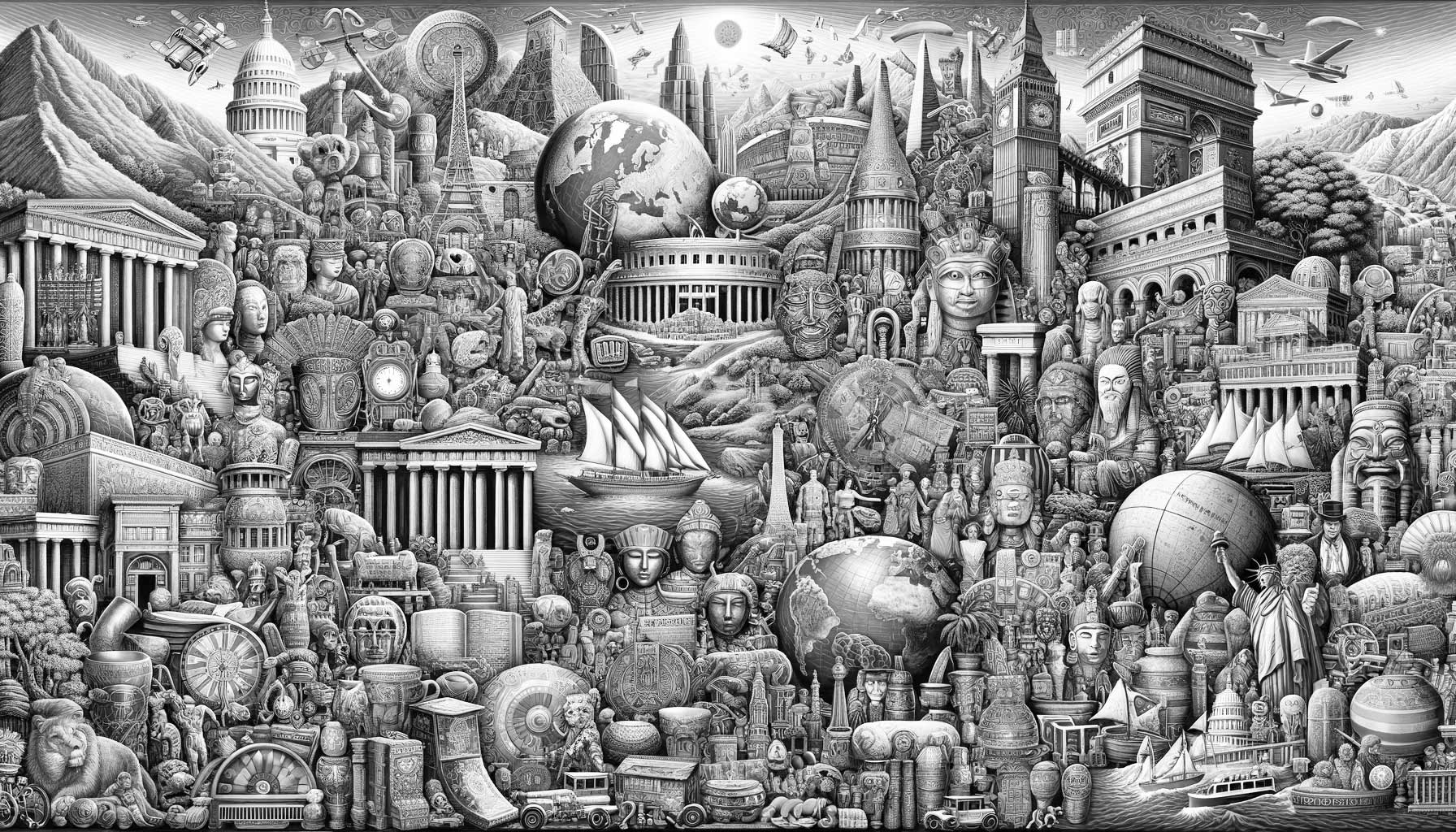Flashback to August 12
World History

On August 10, 1988, a significant announcement was made that would shape understanding of global demographics and socio-economic patterns. On this day, the United Nations estimated that Asia’s population had crossed a momentous threshold, reaching three billion people. This milestone highlighted Asia’s role as the world’s most populous continent, having a profound impact on global population dynamics.
When exploring the context of Asia’s populace surpassing three billion, it’s critical to understand that this development didn’t occur in isolation. Instead, it’s interwoven within the intricate canvas of global population trends, socio-economic factors, and geopolitical implications.
Asia, brimming with a medley of distinct cultures, languages, and histories, has long played a pivotal role in setting the tempo for global population growth rates. Even before the United Nations revealed its estimations in 1988, Asia demonstrated a persistent trend of bustling population growth. This growth has been primarily fueled by nations like China and India, harboring the majority of the continent’s populace due to their vast geographical expanse and fertile lands, conducive for large-scale agriculture and human settlement.
In fact, it was precisely this stimulated growth in countries such as China and India that propelled Asia’s population to reach the three billion mark, an event of great significance. This surge evidenced how the epicenter of human civilization was steadily shifting towards Asia, underscoring this continent’s growing prominence on the world stage.
An essential facet of understanding the implications of Asia’s booming population lies in the realm of socio-economic factors. By 1988, Asia was already emerging as a potent economic force. This population explosion signaled boundless labor potential, promising an era of unprecedented industrial growth and economic prosperity. Notably, highly populated countries have often seen a ‘demographic dividend,’ leading to economic booms attributed primarily to a youthful, dynamic workforce.
However, this population peak also sparked conversations around socio-economic challenges. The rising populace invariably placed enormous pressure on finite resources, particularly in developing regions, thereby escalating concerns around food security, housing, healthcare, and environmental sustainability. It also spurred discussions on governance, as managing such an extensive population demanded robust and meticulously planned systems.
The implications of this population milestone also extend to geopolitics. When the United Nations disclosed this figure in 1988, it subtly forecasted Asia’s ascension as a global powerhouse. Today, we can witness the manifestation of that prediction, with Asian nations significantly influencing international relations and policy discourse. Yet, the road to arriving here has been paved with growing pains. Striking a balance between rapid population growth and the attendant socio-economic challenges has been a predicament that Asian nations have had to grapple with continually, making this a highly relevant talking point even today.
the announcement made by the United Nations in 1988, estimating Asia’s population at three billion, marked a momentous point in global history, shaping our understanding of population dynamics, socio-economic implications, and geopolitical influences. By revisiting this moment, we not only chronicle a milestone in Asia’s history but also participate in understanding the vibrant landscape of global population trends and their implications. As we move forward, these insights continue to guide us, enabling strategic planning and diligent governance to harness the potential of Asia’s burgeoning populace, thus shaping the Asian century!
We strive for accuracy. If you see something that doesn't look right, click here to contact us!
Sponsored Content

High Energy Astronomy Observatory…
Launched on August 12,…

Canada, Mexico, and the…
On August 12, 1992,…

Massacre of Braybrook Street…
"On August 12, 1966,…

The Mars Reconnaissance Orbiter…
The Mars Reconnaissance Orbiter,…

The Russian submarine K-141…
On August 12, 2000,…

Of Human Bondage, by…
"Explore William Somerset Maugham's…

